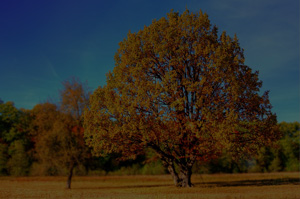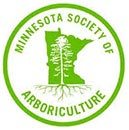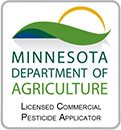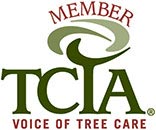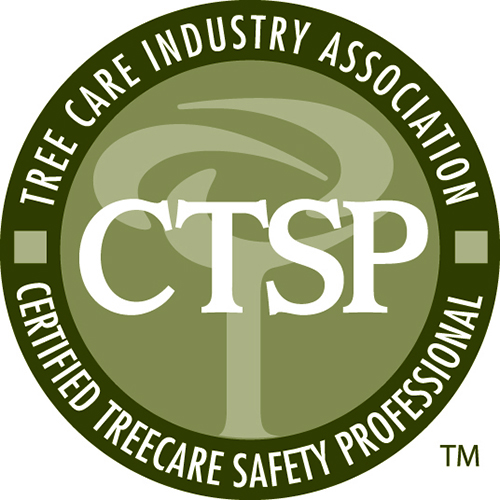What exactly are invasive species? Invasive species are non-native plants, trees, animals, bugs and so on.
Why should you care about invasive species? Because they can cause harm to humans, the environment, and even the economy.
These species threaten Minnesota’s natural resources as they spread throughout the state. The land and all of the activities we love to do on it can be negatively impacted if we don’t take measures to stop them -- trees infested by bugs or disease have to be cut down, other native plants can get overcrowded and die, and animals can be displaced or exterminated.
Below is some information on some of the invasive species we Minnesotans deal with when it comes to our natural landscape in particular:
Insects
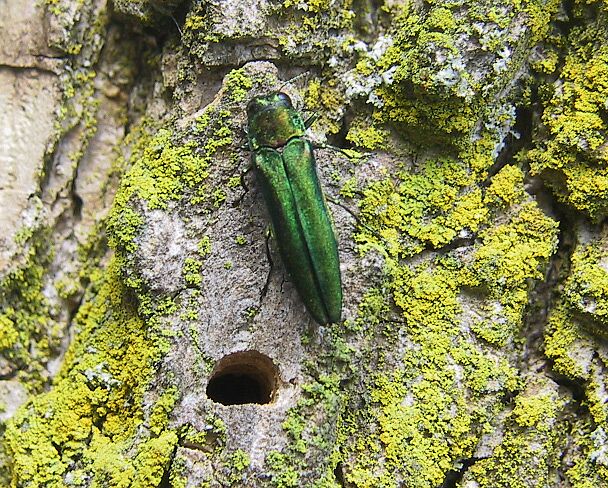 Emerald Ash Borer (EAB) is an insect that invades ash trees. It is a green shiny insect that bores into trees and leaves distinct s-shaped tunnels and cracks in tree bark. You can also tell if the leaves start to thin and die from the canopy. Another sign is if leaves sprout up from the base of the ash tree. There are quarantines on Ramsey, Hennepin, Houston, and Winona counties. This means those in the county cannot move any firewood, ash trees, limbs, or logs, to any other county.
Emerald Ash Borer (EAB) is an insect that invades ash trees. It is a green shiny insect that bores into trees and leaves distinct s-shaped tunnels and cracks in tree bark. You can also tell if the leaves start to thin and die from the canopy. Another sign is if leaves sprout up from the base of the ash tree. There are quarantines on Ramsey, Hennepin, Houston, and Winona counties. This means those in the county cannot move any firewood, ash trees, limbs, or logs, to any other county.
Terrestrial earthworms are invasive species in Minnesota believe it or not, and there are at least 15 different species at this point. These worms eat leaves on the ground and prevent a natural compost like environment for wildflowers to grow. This results in fewer resources and nutrients in the forest for trees, flowers, and animals. You can help by throwing away any leftover fishing bait in the trash, educating others and not dumping bait or worms in the woods.
Gypsy moths are a huge issue in Minnesota because they can eat all of the leaves of off trees in areas they inhabit, which is very harmful to the environment. They are popular in early and mid-summer and oak trees are one of the 500 host species.
Plants
Invasive plants can reproduce very quickly. Even if the plant isn’t harmful it is still displacing some of Minnesota’s native species and changing the landscape, and some invasive plants can be harmful to you and the environment. For example, giant hogweed sap, which can blister and burn your skin if sunlight hits it.
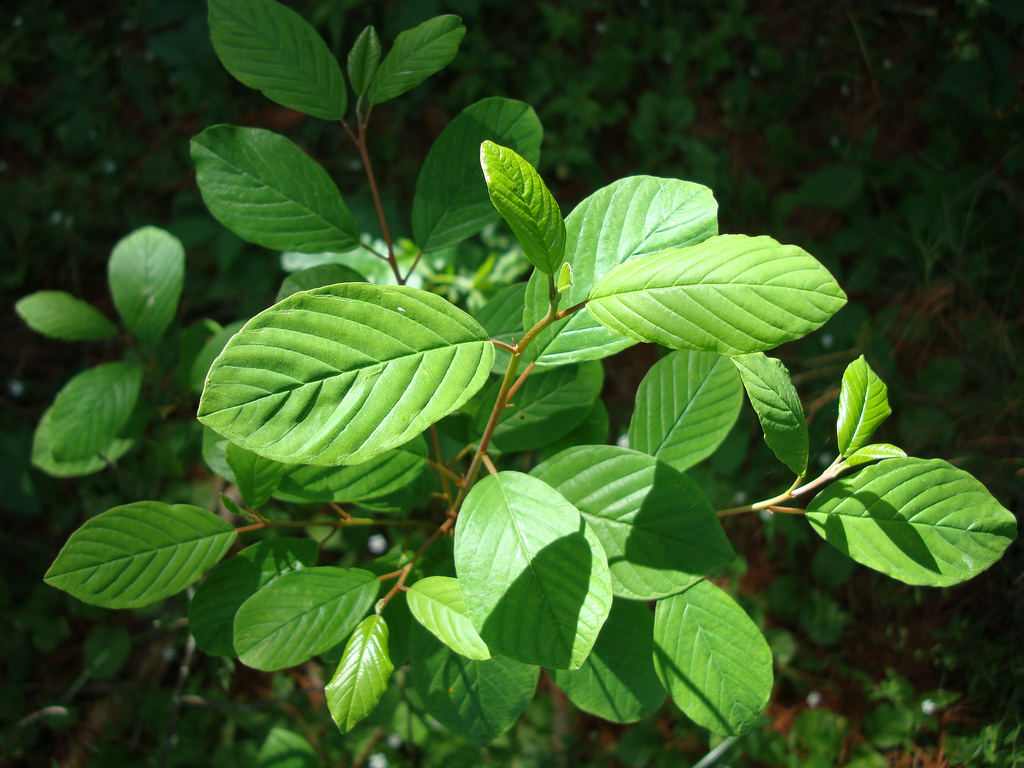 Buckhorn (both common buckthorn and glossy buckthorn) is a common invasive species in Minnesota. It takes resources away from native species in the area, serves as a host to other pests, can make it hard to maneuver through the woods, and the list goes on. It is easy to find at the end of the fall and should cut it down once you’ve properly identified it. There are other plants that look similar to buckthorn that is appropriate for your landscape. The chokecherry and nannyberry can be seen in the wild and they make excellent fillers/accents for your yard.
Buckhorn (both common buckthorn and glossy buckthorn) is a common invasive species in Minnesota. It takes resources away from native species in the area, serves as a host to other pests, can make it hard to maneuver through the woods, and the list goes on. It is easy to find at the end of the fall and should cut it down once you’ve properly identified it. There are other plants that look similar to buckthorn that is appropriate for your landscape. The chokecherry and nannyberry can be seen in the wild and they make excellent fillers/accents for your yard.
Garlic Mustard spreads into woods and changes the habitat, which affects native insects, birds, and mammals. It is a green plant that gets about 1-3 feet high, with white flowers. Crushed leaves emit a garlic-like smell, hence the name. This plant can decrease plant cover in an area and completely displace other plant communities.
Disease
Dutch elm disease is a fungal disease that grows in the tree’s sapwood. This disease is hard to control because it can spread in underground roots and infect surrounding trees nearby. This can be a slow process of death by killing the tree branch by branch and can last several years.
If the infection starts in the upper crown, you will see the end of individual branches being affected. This is called flagging. If the infection starts towards the roots and the lower crown of the tree, symptoms can affect the whole tree faster. Branches and stems affected will have dark streaks of discoloration in the bark. To find out, cut off a dying branch, cut deep into the wood to see the cross-section, and see if there are is any brown streaks in the wood. Symptoms are usually observed in the early summer but can occur at any time. The disease can also be spread by elm bark beetles tunneling into one tree then moving another.
There are dozens of other invasive species that can be found in Minnesota. One that is talked about a lot is zebra mussels that are being found in lakes. To find more information, go to the Minnesota DNR’s website.
(Photo Credits: http://www.elkrivermn.gov/Index.aspx?NID=574 and http://www.vtinvasives.org/)
